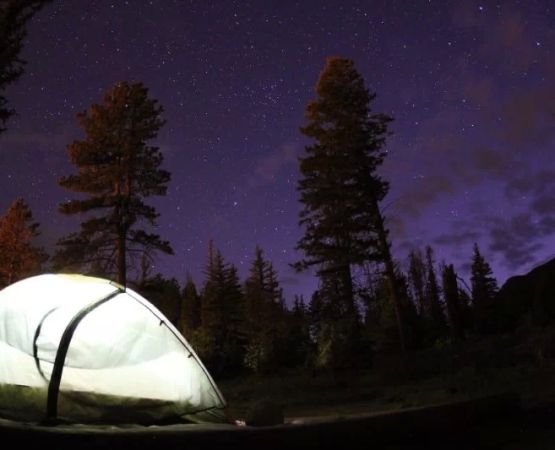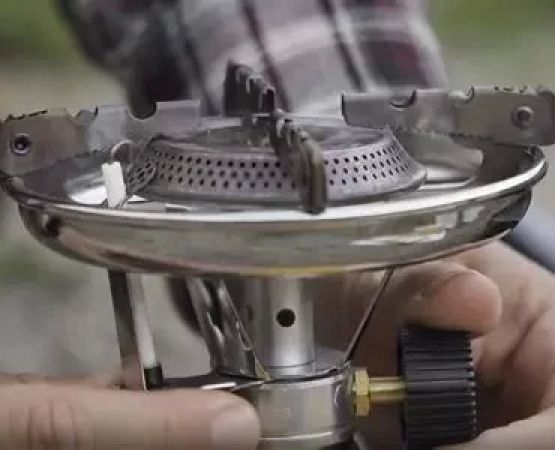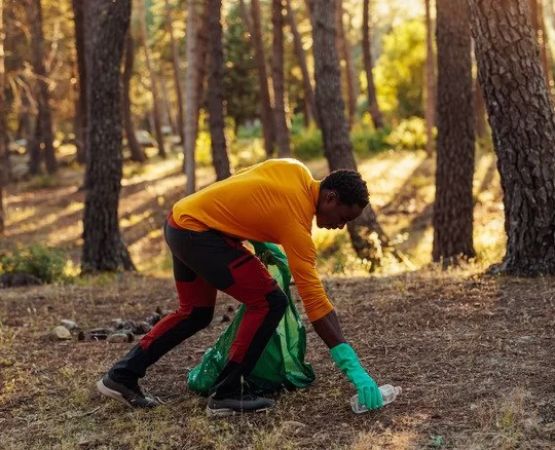How to Stay Safe While Camping Alone
- 1. Preparing for Solo Camping
- 2. Choosing the Right Campsite
- 3. Staying Secure on the Trail
- 4. Essential Safety Gear for Solo Campers
- 5. A Real-Life Solo Camping Story
- 6. Why Pine Cliff Resort is the Ideal Spot for Safe Solo Camping
1. Preparing for Solo Camping
Solo camping can be an incredibly rewarding experience, offering a chance for self-reflection, personal growth, and a deeper connection to nature. However, staying safe while camping alone requires careful preparation. First, make sure you have the right skills, knowledge, and equipment to handle unexpected situations. Research the area you’ll be camping in, including potential hazards like wildlife, weather conditions, and terrain challenges.
Before embarking on your solo adventure, make sure someone you trust knows your plans. Share your itinerary, expected return time, and any other details about the camping trip. It’s also essential to have a safety plan in place, such as knowing the nearest help or emergency services.
2. Choosing the Right Campsite
2.1 Researching the Area
When you’re camping alone, the first rule is to select a safe and accessible campsite. Avoid isolated spots where help may be hard to reach, and choose campgrounds that are known for safety and accessibility. National and state parks with established camping sites are often ideal for solo campers, as they offer clear signs, regular patrols, and other campers nearby.
2.2 Setting Up Near Resources
Choose a campsite near water and away from potential danger zones like steep cliffs or areas prone to flooding. Additionally, setting up camp near established trails or marked paths will make it easier for rescue teams to locate you in case of an emergency. Always be aware of the natural surroundings—avoid camping in areas prone to wildfires or near animal habitats.
3. Staying Secure on the Trail
3.1 Plan Your Route
When hiking or biking during your solo camping trip, always plan your route in advance. Stick to well-known trails and avoid venturing off the beaten path, especially if you’re unfamiliar with the area. Before you head out, make sure you know how to navigate using a map or compass, and let someone know your exact route and expected return time.
3.2 Keep Safety in Mind
While on the trail, stay aware of your surroundings. Avoid using headphones, as they can reduce your ability to hear wildlife or other hikers. Trust your instincts—if something doesn’t feel right, it’s best to turn back. Also, carry a whistle or an emergency signal device to alert others in case of an emergency.
4. Essential Safety Gear for Solo Campers
4.1 Navigation and Communication Tools
One of the most important things to have when camping alone is a reliable communication device. A satellite phone or a personal locator beacon (PLB) can help you stay connected with others, even when you’re far from civilization. A GPS device or traditional map and compass are also essential for navigation, ensuring you don’t get lost on the trail.
4.2 First Aid Kit and Survival Tools
Pack a comprehensive first aid kit that includes bandages, antiseptic, pain relievers, and any personal medications you may need. Additionally, bring tools like a multi-tool knife, fire-starting kit, and a flashlight. Having the right survival gear will prepare you for minor injuries or unplanned situations.
4.3 Self-Defense and Emergency Gear
In addition to standard camping gear, consider carrying self-defense items, such as bear spray, a whistle, or even a small personal alarm. A tent with sturdy zippers and a good sleeping bag can also enhance your safety and comfort during the night.
5. A Real-Life Solo Camping Story
Last year, I decided to embark on my first solo camping trip to a remote national park. Initially, I was nervous, but I did extensive research on the area, informed a close friend about my itinerary, and packed all the essential safety gear. The campsite I chose was situated near a well-marked trail, and I spent my days hiking the surrounding paths, enjoying the solitude and beauty of nature.
One evening, a storm rolled in, and I was forced to shelter in my tent. Thankfully, my preparation paid off—I had a reliable weather radio and was able to track the storm’s progress. The storm passed without incident, and I was able to continue my adventure safely. This experience taught me the importance of being well-prepared and staying vigilant, but it also showed me the deep sense of peace that comes with solo camping.
6. Why Pine Cliff Resort is the Ideal Spot for Safe Solo Camping
For those looking for a secure and beautiful place to camp alone, Pine Cliff Resort offers the perfect balance of safety and adventure. Nestled in a stunning location, Pine Cliff Resort provides accessible hiking and biking trails, clear signage, and well-maintained campsites. The resort is known for its friendly staff and well-established security measures, making it an ideal location for solo campers who want to feel both safe and immersed in nature.
If you’re ready to explore solo camping in a safe, beautiful environment, click here to book your stay at Pine Cliff Resort and start your solo adventure today!






